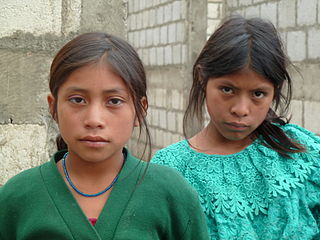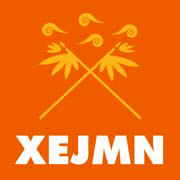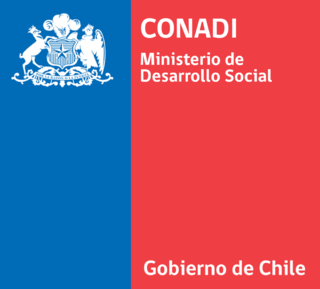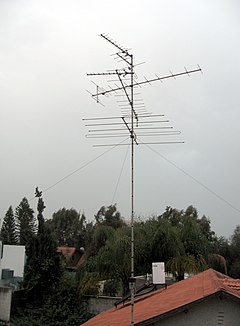
The Mazatec are an indigenous people of Mexico who inhabit the Sierra Mazateca in the state of Oaxaca and some communities in the adjacent states of Puebla and Veracruz.

Mexicans are the people of the United Mexican States, a multiethnic country in North America.
CDI, CDi, CD-i, or .cdi may refer to:
Mayo is an Uto-Aztecan language. It is spoken by about 40,000 people, the Mexican Mayo or Yoreme Indians, who live in the South of the Mexican state of Sonora and in the North of the neighboring state of Sinaloa. Under the General Law of Linguistic Rights of the Indigenous Peoples"Law of Linguistic Rights, it is recognized as a "national language" along with 62 other indigenous languages and Spanish which all have the same validity in Mexico. The language is considered 'critically endangered' by UNESCO.

Many different languages are spoken in Mexico. The indigenous languages are from eleven distinct language families, including four isolates and one that immigrated from the United States. The Mexican government recognizes 68 national languages, 63 of which are indigenous, including around 350 dialects of those languages. The large majority of the population is monolingual in Spanish. Some immigrant and indigenous populations are bilingual, while some indigenous people are monolingual in their languages. Mexican Sign Language is spoken by much of the deaf population, and there are one or two indigenous sign languages as well.

The Mam are an indigenous people in the western highlands of Guatemala and in south-western Mexico who speak the Mam language.

The Cora are an indigenous ethnic group of Western Central Mexico which live in the municipality El Nayar in the Mexican state of Nayarit and in a few settlements in the neighboring state of Jalisco. They call themselves náayerite, whence the name of the present day Mexican state of Nayarit. The 2000 Mexican census reported that there were 24,390 persons who were members of Cora speaking households, these being defined as households where at least one parent or elder claim to speak the Cora language. Of these 24 thousand, 67 percent (16,357) were reported to speak Cora, 17 percent were nonspeakers, and the remaining 16 percent were unspecified with regard to their language.
The Cuicatecs are an indigenous group of the Mexican state of Oaxaca, closely related to the Mixtecs. They inhabit two towns: Teutila and Tepeuxila in western Oaxaca. According to the 2000 census, they number around 23,000, of whom an estimated 65% are speakers of the language.
Ricardo Pozas Arciniega was a distinguished Mexican anthropologist, scientific investigator and indigenista. He wrote the classic anthropological works Juan Pérez Jolote, biografía de un tzotzil and Los mazatecos y Chamula, un pueblo indio de los altos de Chiapas.
The Instituto Nacional de Lenguas Indígenas is a Mexican federal public agency, created 13 March 2003 by the enactment of the Ley General de Derechos Lingüísticos de los Pueblos Indígenas by the administration of President Vicente Fox Quesada.

XEJMN-AM is an indigenous community radio station that broadcasts in Spanish, Cora, Huichol, Southeastern Tepehuán and Nahuatl from Jesús María, municipality of El Nayar, in the Mexican state of Nayarit. It is run by the Cultural Indigenist Broadcasting System (SRCI) of the National Commission for the Development of Indigenous Peoples (CDI).
The Sistema de Radiodifusoras Culturales Indigenistas is a network of radio stations in Mexico. The radio stations it operates are community radio stations that aim to serve different sectors of the country's indigenous peoples. Pursuant to Article 4 of the Constitution, their mission is to strengthen the multicultural nature of the nation by promoting the use of 31 indigenous languages.

Xochistlahuaca Municipality is one of the 81 municipalities of Guerrero, in south-western Mexico. The municipal seat lies at Xochistlahuaca. The municipality covers an area of 321.1 km².

San Miguel Chimalapa is a town and municipality in Oaxaca in south-western Mexico. It is part of the Juchitán District in the west of the Istmo de Tehuantepec region.

Arroyo Seco Municipality is a municipality in Querétaro in central Mexico.

The Museo Regional de la Cerámica in Tlaquepaque, Jalisco, Mexico is located on Independencia Street in the center of the city. The museum is one of two main ceramics museums in the city, with the other being the Pantaleon Panduro Museum. It was established in 1954 to preserve and promote indigenous handcrafts of Jalisco, especially the state’s ceramic tradition. The emphasis is still on ceramics but the museum also has a room dedicated to Huichol art and holds events related to various types of indigenous crafts and culture.

The National Corporation for Indigenous Development, or Corporación Nacional de Desarrollo Indígena (CONADI') in Spanish, is a Chilean institution founded in September 28, 1993 by the "Ley Indigena 19253".
The Tepehuas are an indigenous people of Mexico whose name means in Nahuatl, "people of the mountain", although they refer to themselves without a term or name that encompasses a supposed ethnic group. They also use endoethnonyms that originate in Spanish-influenced Nahuatl:















